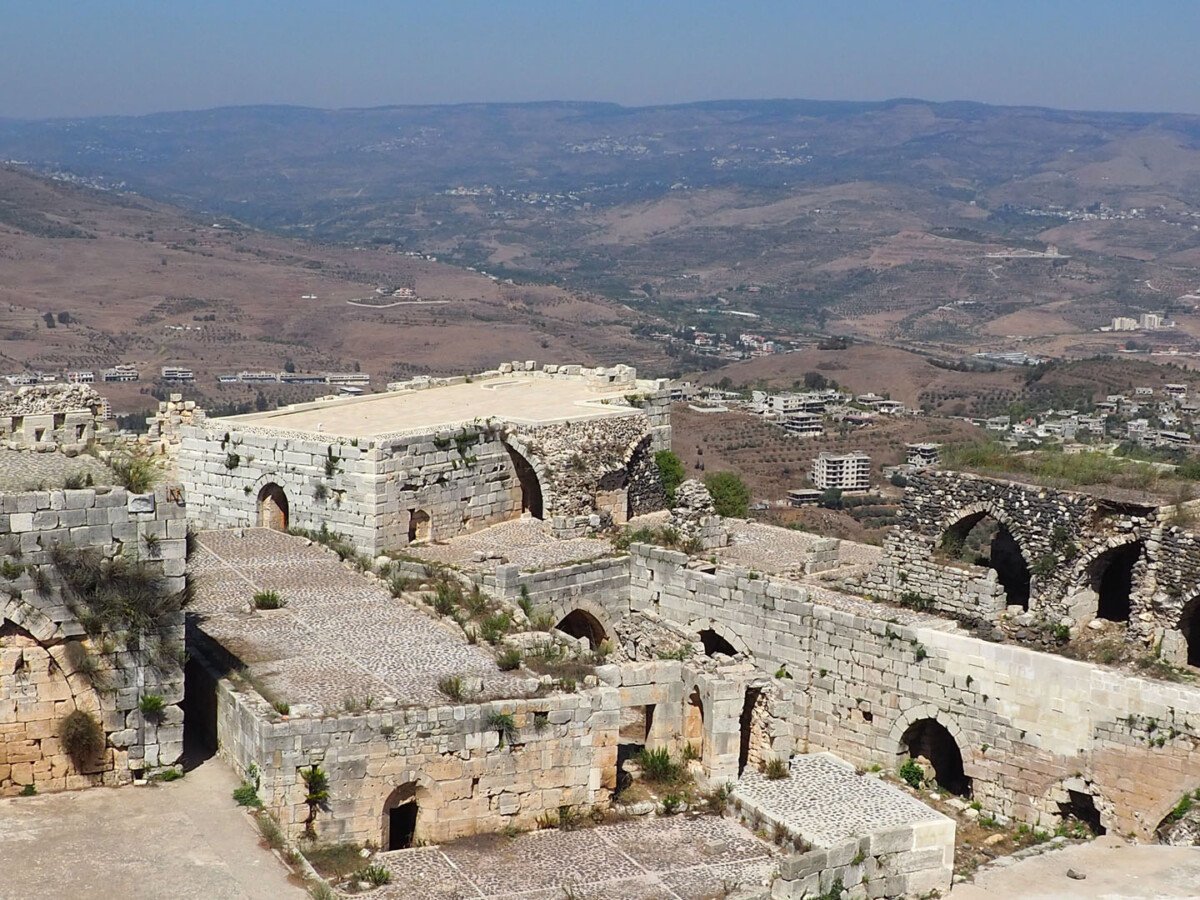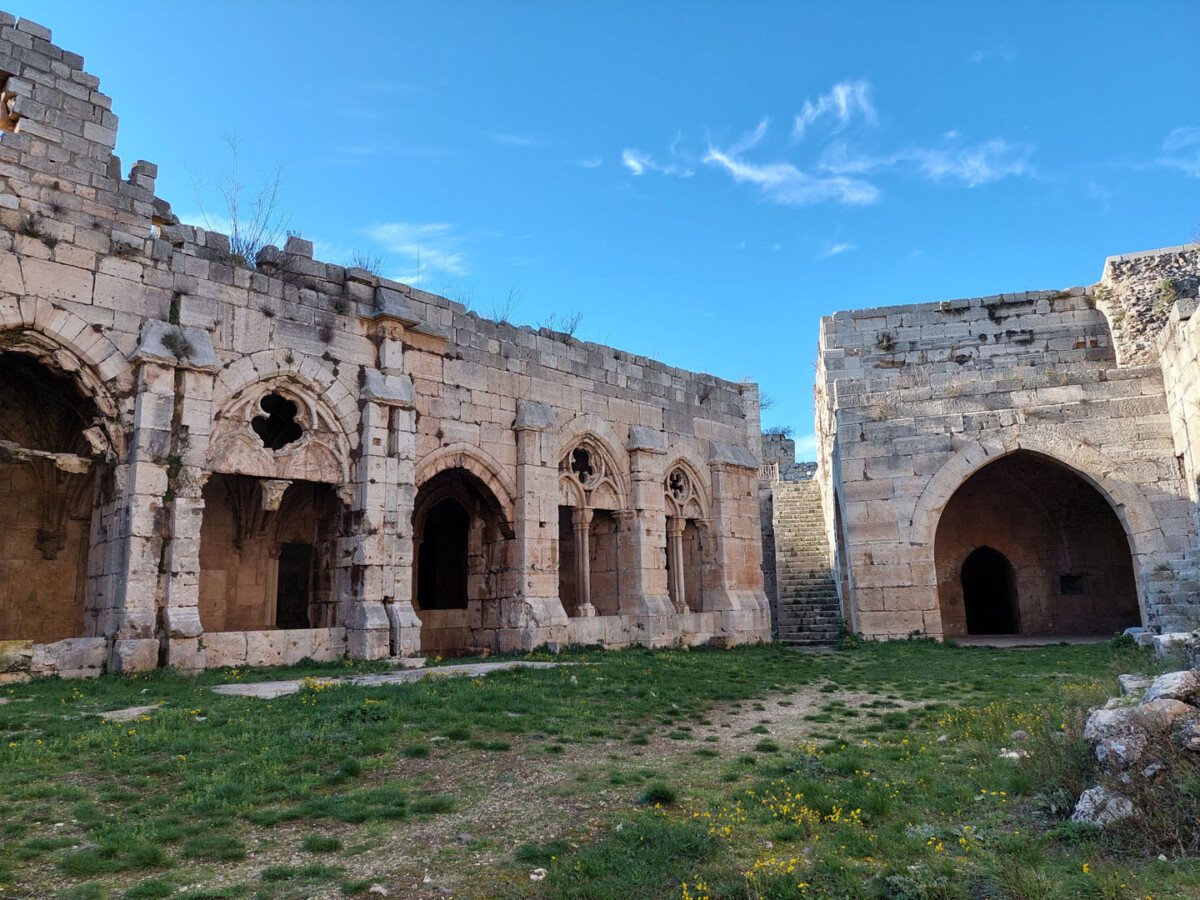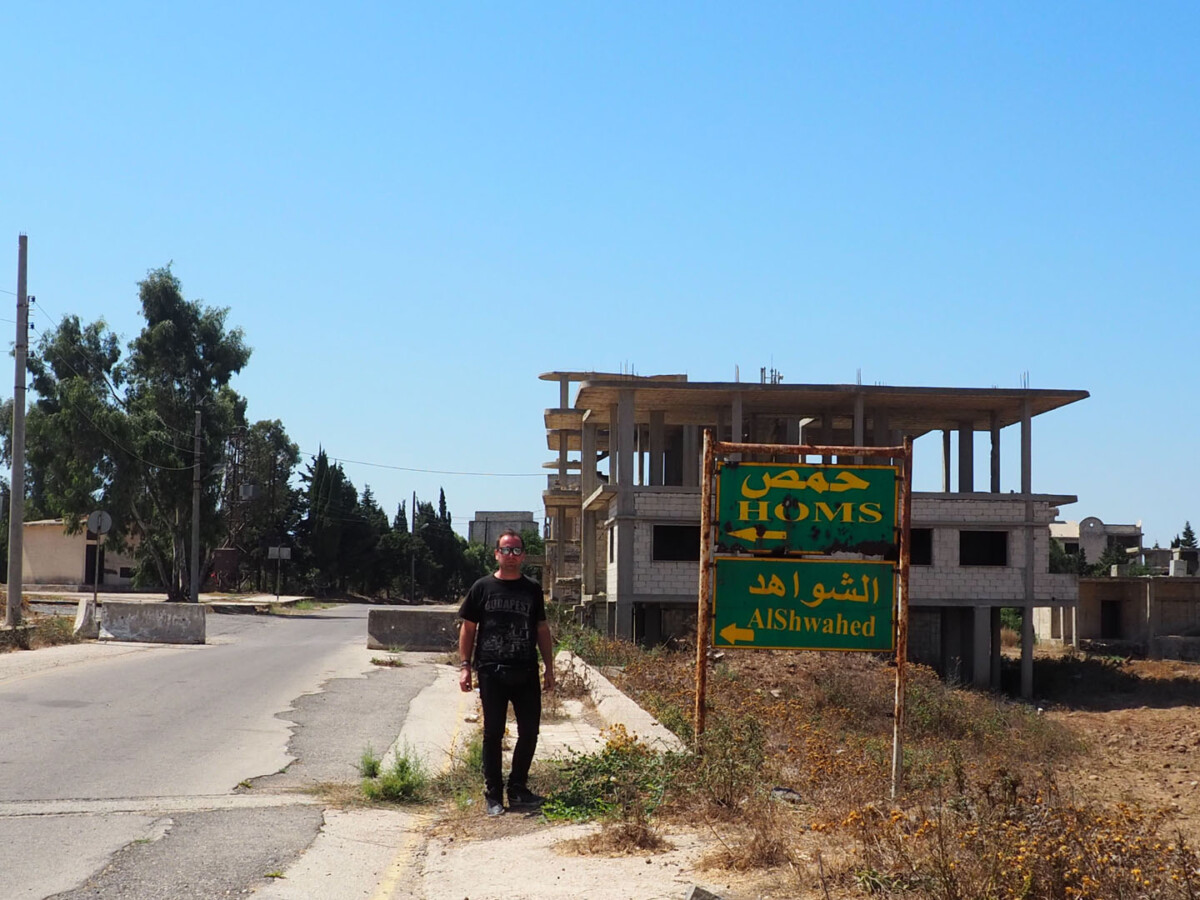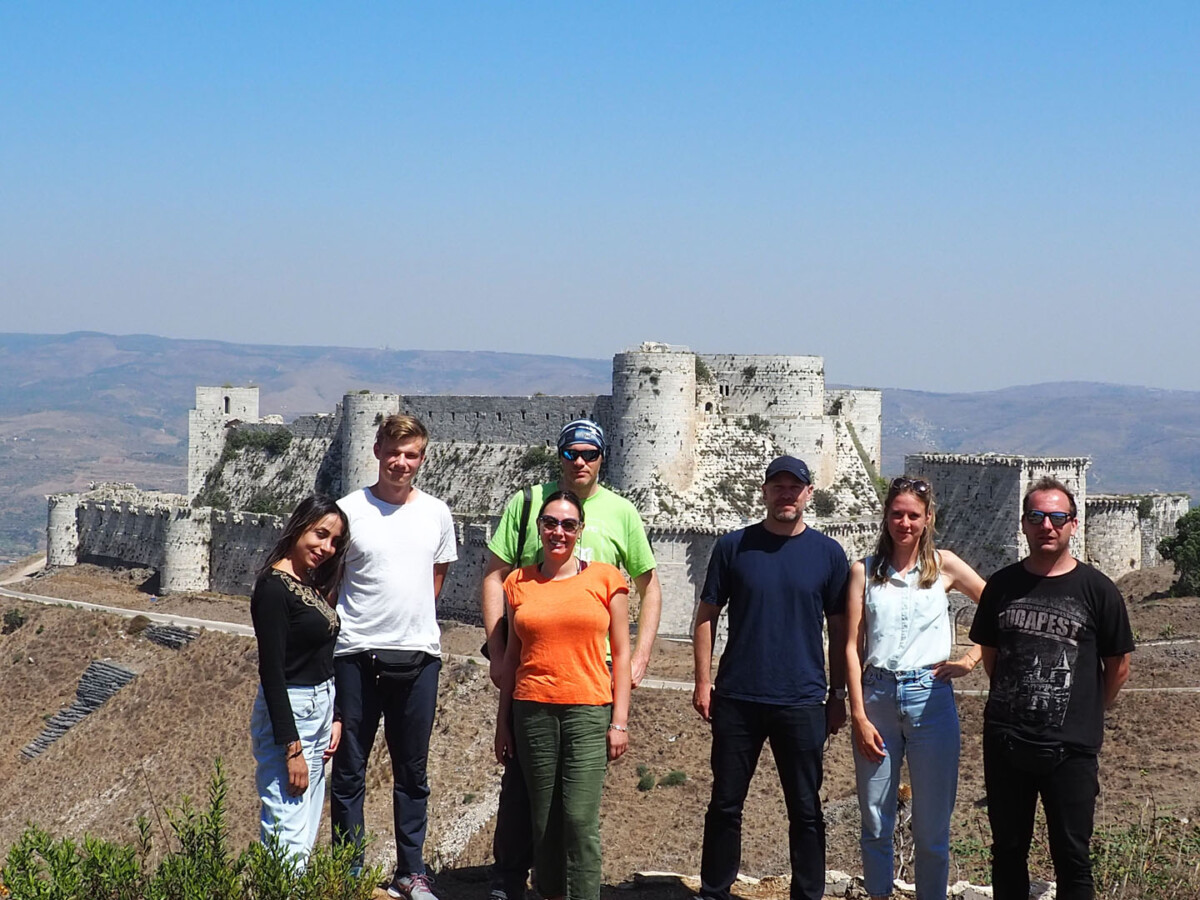Syria is rich and renowned for its diversified patterns of culture and with no exception, architetures. Let’s take a quick look at Krak des Chevaliers(The Crusader’s Fortress) listed in UNESCO World Heritage Site. If you’re interested, don’t hesitate to join us on our Syria Carnaval Tour in August and Syria Autumn Tour in September!
Brief Introduction to Krak des Chevaliers
Krak des Chevaliers, also known as Qal’at al-Hosn, stands as a historic fortress in western Syria. The castle stands on a strategic hilltop near the Lebanon border in the Homs Governorate. It serves as a remarkable example of medieval military architecture under the prestigious title of UNESCO World Heritage Site.
The Knights Hospitaller, a military order of Christian knights, initiated the construction of Krak des Chevaliers during the Crusades in the 11th century. Their purpose was to establish a stronghold. Therefore it would safeguard the neighboring Christian communities and maintain control over the Homs Gap, a crucial passage between the Mediterranean coast and inland Syria.
Throughout history, Krak des Chevaliers changed hands several times, from the Crusaders to the Mamluk Sultanate in 1271. It later served as a military garrison, a prison, and even a vacation residence for Ottoman governors. Despite enduring multiple conflicts and sieges, the castle managed to remain largely intact until recent years.

The Marvelling Architecture: A Blend of European and Eastern Influences
Over the course of several centuries, Krak des Chevaliers underwent multiple additions and modifications by various rulers and occupants. Reflecting a blend of European and Eastern influences, the castle’s architecture showcases its thick walls, narrow arrow slits, and robust towers. They are usually designed to withstand sieges and assaults. Inside, visitors can explore an intricate network of rooms, halls, chapels, and courtyards. They do offer insight into the functional and aesthetic aspects of medieval fortress design. Constructed with local limestone, the castle features a combination of Romanesque and Gothic architectural elements.

Krak des Chevaliers exemplifies the strategic thinking and engineering prowess of its builders, featuring a combination of solid construction, defensive design, and functional spaces. Its key features include:
Outer Walls and Defense System: The castle’s outer walls, which serve as the first line of defense, form an extensive perimeter approximately 800 meters (2,600 feet) in length and towering up to 30 meters (100 feet) in height. These exceptionally thick walls, averaging around 6 meters (20 feet), provided outstanding protection against siege engines and projectiles.
Multiple Defensive Lines: The fortress incorporates multiple concentric defensive lines, each offering an additional layer of protection. The inner citadel, known as the “great enclosure,” constitutes a separate fortified area within the castle complex. It houses the central keep and additional structures for residential, religious, and military purposes. This multi-layered defense system posed significant challenges for would-be attackers.
Towers: Strategically positioned along the walls, the castle’s numerous towers served various functions, such as observation, defensive positions, and living quarters for its inhabitants. The most prominent tower, known as the “Tower of Homage” or “Donjon,” rises above the central keep. Therefore it provides a commanding view of the surroundings.

The Current Situation Since the Civil War in 2011
Tragically, during the Syrian Civil War that began in 2011, Krak des Chevaliers suffered damage due to armed conflicts in the area. Besides, the castle was shelled and occupied by various armed groups. Although the extent of the damage is challenging to determine, restoration efforts have been underway since the situation in the region stabilized.

In brief, Krak des Chevaliers stands as an iconic symbol of medieval architecture. Moreover, it is a significant historical landmark. Its grand scale, well-preserved features, and strategic location continue to captivate visitors interested in the rich history of the Crusades and the cultural heritage of the region.
Still interested in this splendid fortress and wanting to see it by yourselves? Do join us on our our Syria Carnaval Tour in August and Syria Autumn Tour in September!

